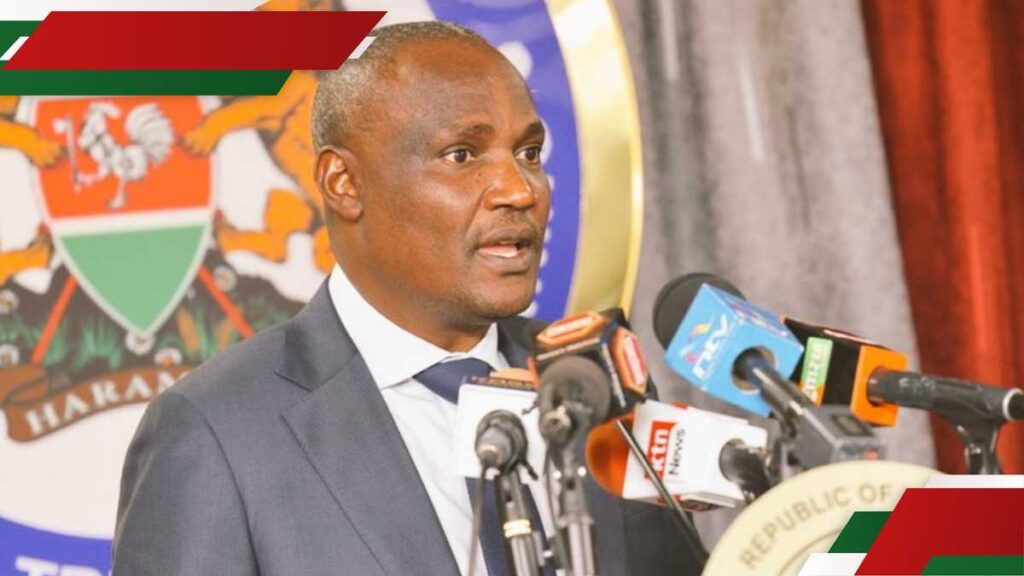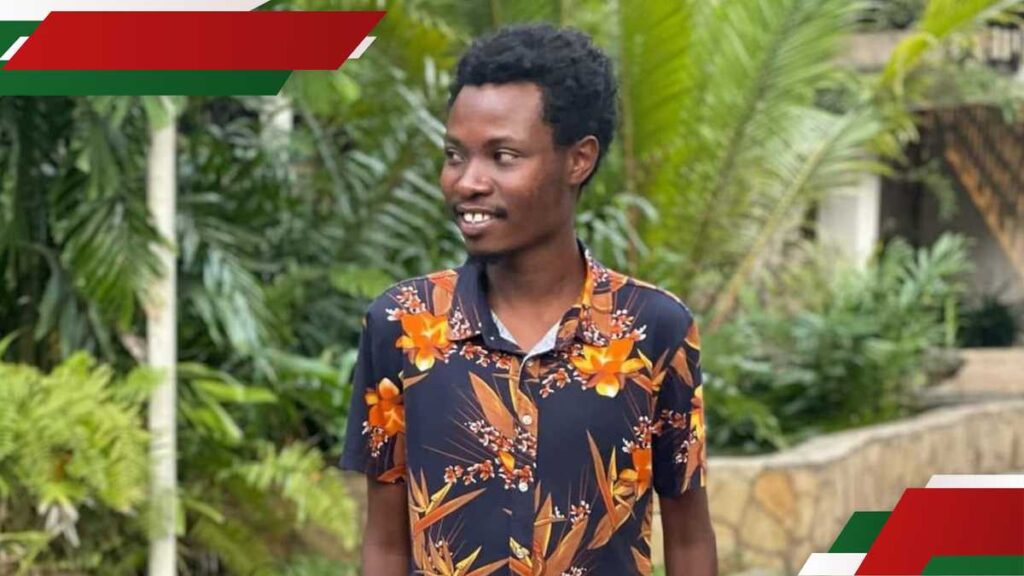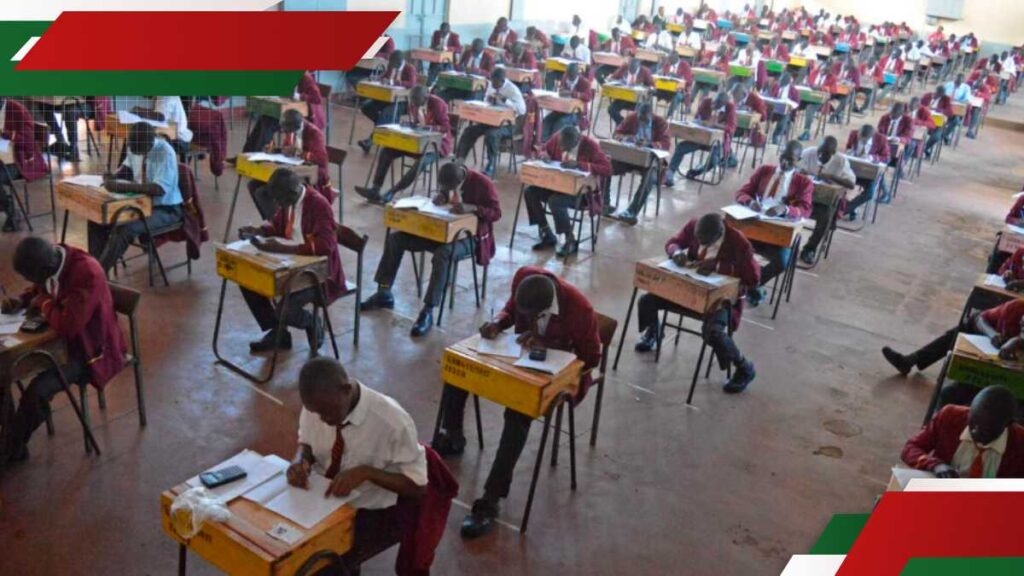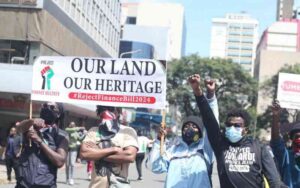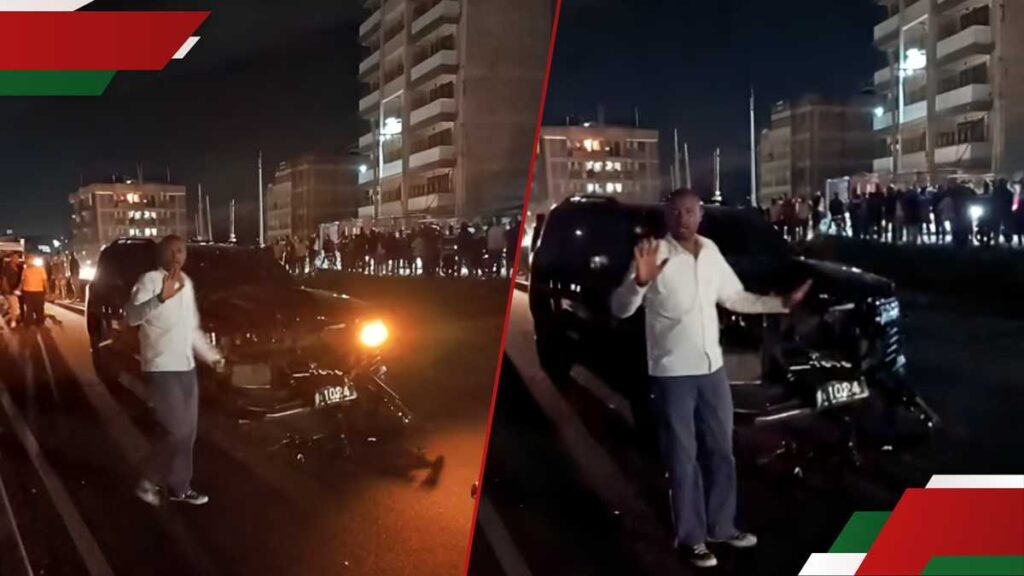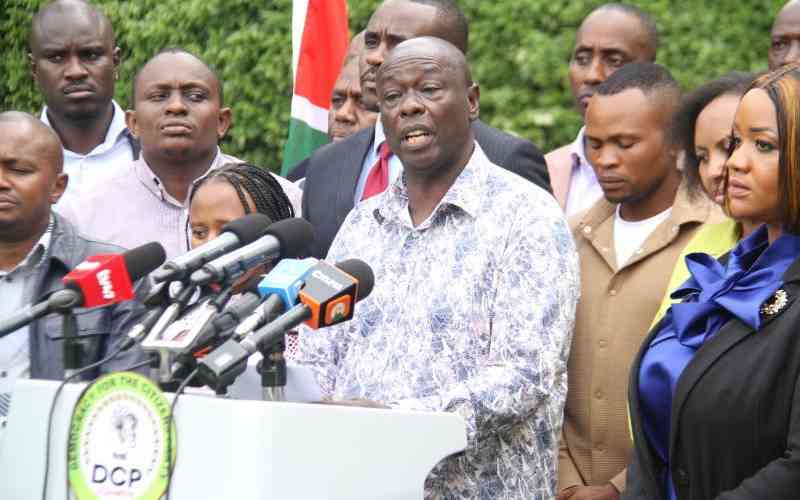In June 2024, thousands of young people took to the streets across Kenya in one of the most audacious displays of generational defiance in the country’s recent history.
Armed with smartphones, placards, and urgency in their voices, they denounced police brutality, rampant youth unemployment, and exclusion from national decision-making.
Twelve months on, the tear gas has mostly cleared, save for isolated incidents last week, but many young Kenyans say the change they risked everything for has yet to materialise.
From stalled police reforms to job creation promises that remain largely unfulfilled, the legacy of the movement hangs in the balance.
Political commentator Didmus Mokua says the Gen Z protests created space for President Ruto to form a “broad-based administration.” They helped him push unpopular policies and bring opposition leader Raila Odinga on board, maintaining stability. Mokua also credits the protests with paving the way for former Deputy President Rigathi Gachagua’s ouster.
More importantly, Mokua argues the protests forced Kenya’s political elite to take public participation seriously. Government agencies now face greater scrutiny and must pay closer attention to youth interests. The national budget increasingly reflects Gen Z concerns.
Yet many young Kenyans say that what’s written in policy papers does not reflect reality. Youth unemployment remains high, and real transformation remains elusive.
The power of the protests went beyond placards and social media. At All Saints Cathedral near Nairobi’s city centre, Anglican priest Evans Omollo witnessed a darker turn. “We were going about our normal activities when we realised the protests were escalating,” he says. “Police had set up a blockade nearby. When demonstrators approached, they fired tear gas. It entered the sanctuary. People were gasping.”
Omollo and fellow clergy intervened. “We asked the officers to stop. They looked wild—ready to kill.”
The church opened its gates, offering shelter and setting up an emergency response centre with volunteer groups.
While Omollo recalls the physical risks, Mokua focuses on institutional inertia. Police reform remains among the movement’s most urgent, but unaddressed demands.
On youth representation, Mokua says the protests succeeded in putting young voices at the centre of national conversations.
Researcher Elizabeth Khaemba observed that platforms, such as TikTok enabled young Kenyans to create a shared narrative. Yet barriers to lasting change remain. Fiscal limitations and political discomfort with youth mobilisation are major hurdles.
“Gen Z has changed the rules. Candidates will now need to show character, competence and capacity in the 2027 General Elections,” she says.
Stay informed. Subscribe to our newsletter















